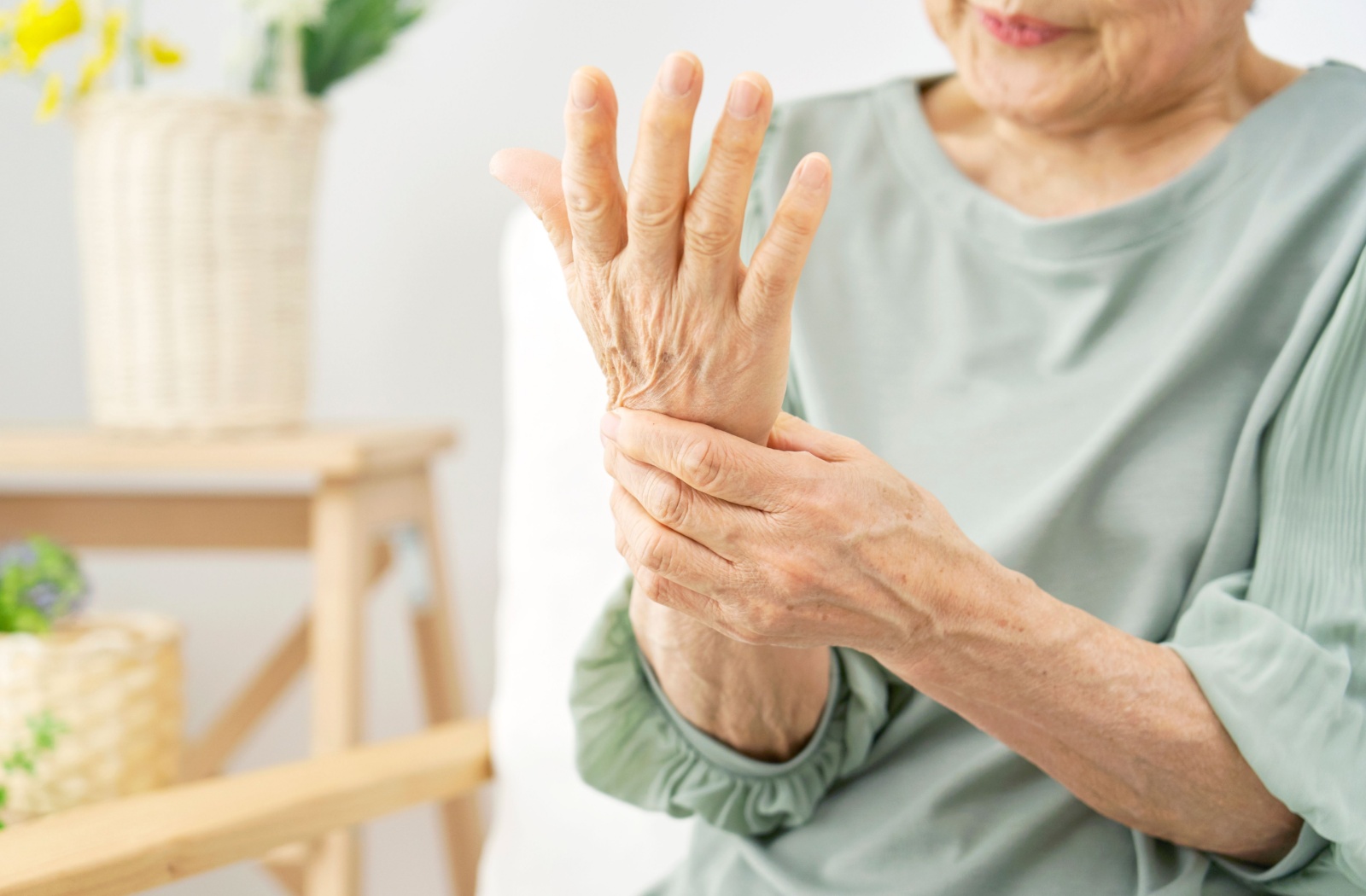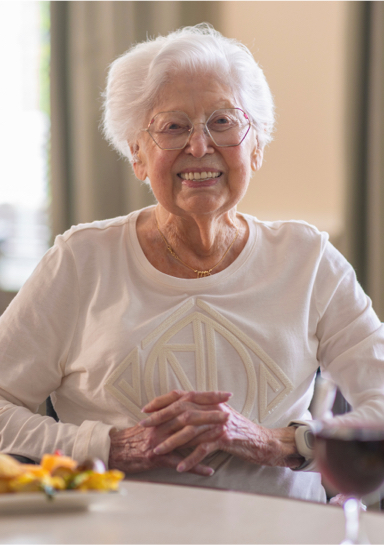Your joints carry you through life. And when it comes to staying independent, they’re more important than most people think. For older adults looking to maintain an active, independent lifestyle, it’s essential to make conscious efforts to maintain healthy joints.
Keeping your joints healthy as you age involves a few steps. You need to know why you’re dealing with joint discomfort, what symptoms indicate an emergency, and then make small lifestyle changes to support healthier joints overall.
What Causes Weak Joints in Seniors?
Many factors affect your joints over the years. Age sometimes brings unique new physical changes, affecting a person’s mobility and flexibility. Some changes are natural, while others stem from personal habits and underlying factors.
Some common causes of joint problems include:
- Everyday wear & tear from years of regular activity
- A loss of cartilage, which cushions your joints
- Decreased muscle mass, a natural age-related problem
- Health conditions such as arthritis
- Poor diet, nutrition, or lifestyle habits
Being aware of these common factors is the first step towards addressing them.
When Is Joint Pain an Emergency?
While you can address most joint stiffness and mild discomfort at home, this isn’t always the case. Some symptoms are signs you need to visit a professional. Watch for unusual signs of joint discomfort or pain, such as:
- Sudden or severe swelling in the joint area
- A sharp or persistent pain that doesn’t lessen with rest
- Redness or warmth, potentially indicating an infection
- Complete loss of movement or difficulty bearing weight
- Any joint discomfort following an injury
These signs all indicate something is wrong. Addressing discomfort and stiffness sooner rather than later is key to preventing long-term damage and maintaining your everyday comfort.
Tips for Maintaining Healthier Joints for Seniors
When it comes to joint health, it’s important to be proactive. Taking an active role in your joint health is the easiest way to stay comfortable, healthier, and strong.
Use these approaches to keep your joints in good shape without overcomplicating your routine. Many of these strategies can seem like small changes, but even a minor change can make a big difference.
Stay Active with Low-Impact Exercises
Movement is one of the most effective ways to promote joint health while aging. Activities that are gentle on the joints help you stay flexible. These activities also prevent stiffness and discomfort, which helps restore your everyday comfort.
Some popular senior-safe low-impact exercises include:
- Walking
- Swimming or water aerobics
- Yoga, Tai Chi, or Pilates
- Cycling, stationary or regular bike
- Light strength training with resistance bands
Always prioritize your safety when exercising, especially when trying a new fitness routine. If you ever notice significant discomfort, stop and adjust. It also helps to work with a fitness trainer—or to join a fitness class in your community—to stay safe while working toward healthier joints.
Maintain a Balanced Diet
What you eat is directly connected to your joint care. Foods that reduce inflammation are essential—they’re the foundation of a healthier lifestyle.

You can help fuel healthy joints by prioritizing foods like:
- Fatty fish like salmon, mackerel, & sardines
- Leafy greens such as spinach, kale, & Swiss chard
- Nuts & seeds, including walnuts & flaxseeds
- Fruits like berries, oranges, & cherries
- Healthy fat sources like olive oil
These examples can give your body the nutrients needed to maintain healthier joints. You can also branch out by finding options that fuel your health and taste great.
Protect Your Joints During Daily Activities
Day-to-day routines can put more strain on your joints than you realize. Making some small adjustments to how you live can help reduce wear and tear.
It helps to:
- Maintain proper posture while sitting, standing, or lifting
- Use ergonomic tools & furniture to reduce strain on your body
- Take breaks & stretch frequently during prolonged activities
- Wear supportive footwear to cushion & protect your joints
- Avoid repetitive motions or overuse of any single joint
If specific tasks cause strain, try using senior-friendly ergonomic tools or braces. These take some of the weight off your joints and preserve their overall health.
Prioritize a Healthy Weight
Joints bear the weight of many of life’s activities. But this means that if you’re carrying excess weight, you’re putting more stress on your joints. You can help take pressure off your knees, hips, and lower back by maintaining a healthier weight.
Though it varies, you can usually determine your healthy weight by calculating your body mass index (BMI). The number is derived from your height and weight to help you estimate the amount of fat in your body. According to the CDC, a BMI between 18.5–24.9 is considered healthy.
A Healthier, Supported Life Awaits
Caring for your joints is an investment in yourself that can lead to a more vibrant, active life. Every person deserves the chance to live a healthier lifestyle—that’s why our team at Ashleigh at Lansdowne works so hard to support residents in leading fuller, active lives every day.
Here in our community, you’ll always be supported by our loving team. A healthy lifestyle awaits, and we’re ready to support you in everything you do. Book a tour with our community today, and take your first step towards the healthy, enriching life you’ve earned and deserve.













